FS Colour Series: EMPIRE YELLOW Inspired by Mark Rothko’s Raging Fire
American Abstract Expressionist painter Mark Rothko spent his lifetime mastering the emotional impact of colour, playing with how varying intensities of hues, built up in layer upon layer with his distinctive feathered brushstrokes could infuse his paintings and prints with the depths of our raw, exposed feelings. Vivid shades of sunshine yellow like EMPIRE YELLOW often made an appearance in Rothko’s art throughout his long career, sometimes pushed to the edges like an aura of light, other times blazing and burning in the centre with the glowing warmth of fire. Either way, in his hands, yellow seemed to express something hot, fiery and intense, like the blinding heat of the sun. He said, “I am interested in expressing the big emotions – tragedy, ecstasy, doom.”
Rothko was born in Dvinsk, Russia in 1903 to a large Jewish family. They moved to the United States in 1913, settling in the Portland area of Oregon. A bright student at school, Rothko earned a scholarship to study at Yale, but he left without graduating, finding the environment too strict for his creative outlook on life. In 1923 Rothko travelled to New York, where he studied part-time art classes at the Art Students League.
Throughout the 1930s Rothko made semi-figurative paintings with a deliberately crude, expressive and angst-ridden language influenced by German Expressionism. In the 1940s he changed tack, turning towards a semi-surreal style featuring hybrid animal and plant forms. It wasn’t until the late 1940s that Rothko discovered what would become his signature style – abstract compositions featuring soft-edged blocks of colour that seem to float in space. As his style progressed, he gradually pared back his designs to their simplest, most elemental components, and painted on vast canvases that envelop the viewer with great walls of coloured light.
The 1950s were a prolific decade for Rothko, as his reputation in New York circles grew, and he began participating regularly in group and solo exhibitions across the city. The paintings he exhibited reflected Rothko’s growing ease with abstraction, both visually and conceptually; Rothko’s aim, ultimately, was to create sublime, awe-inspiring passages of colour that he hoped would trigger overwhelming feelings of yearning and desire in his audiences, much like the Renaissance masters had once achieved many centuries ago.
In the painting Untitled, 1950, Rothko paints a series of blurred, fuzzy colour blocks that seem to almost merge into one another as our eyes try to focus on their contours. Here a blazing passage of yellow sings out loud proudly in the upper half of the painting, burning with the theatrical vibrancy of the sun against the softer, warmer embers of orange, pink and red. Although it appears entirely abstract Rothko noted in paintings like this one how the blocks act as living, breathing entities, calling them “organisms… with the passion for self-expression.”
In the slightly later Untitled, 1951, Rothko pushes the vibrant yellow out to the edges of the canvas, blocking its full glare with a paler, more muted shade of pastel yellow, coupled with a hazy block of salmon pink, as sweet and tart as a summer sorbet. The softly-focussed edges here lend Rothko’s blocks the quality of ghosts or spiritual entities, investing in the painting a transcendental, otherworldly quality.
Made three years later, Rothko’s painting Untitled (Yellow and Blue), 1954, demonstrates the growing simplicity of Rothko’s compositions, as he worked with fewer colours and more clearly defined edges, moving from his earlier Abstract Expressionist style into Colour Field painting. Yellow dominates this canvas, which, on closer inspection ripples through varying textures and tones in horizontal bands of coloured light. Rothko contrasts this yellow with one block of ultramarine blue, a crisp, sharp contrast that emphasises the raging vibrancy of the yellow, making it blaze with the heat of human emotion.





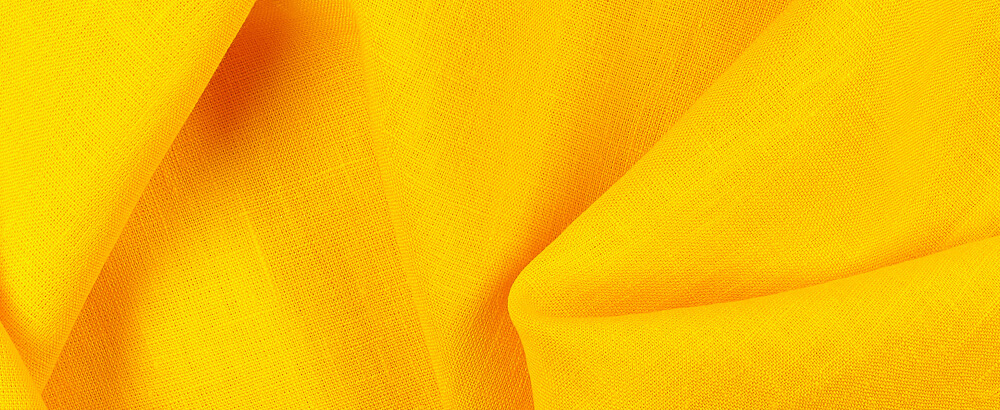
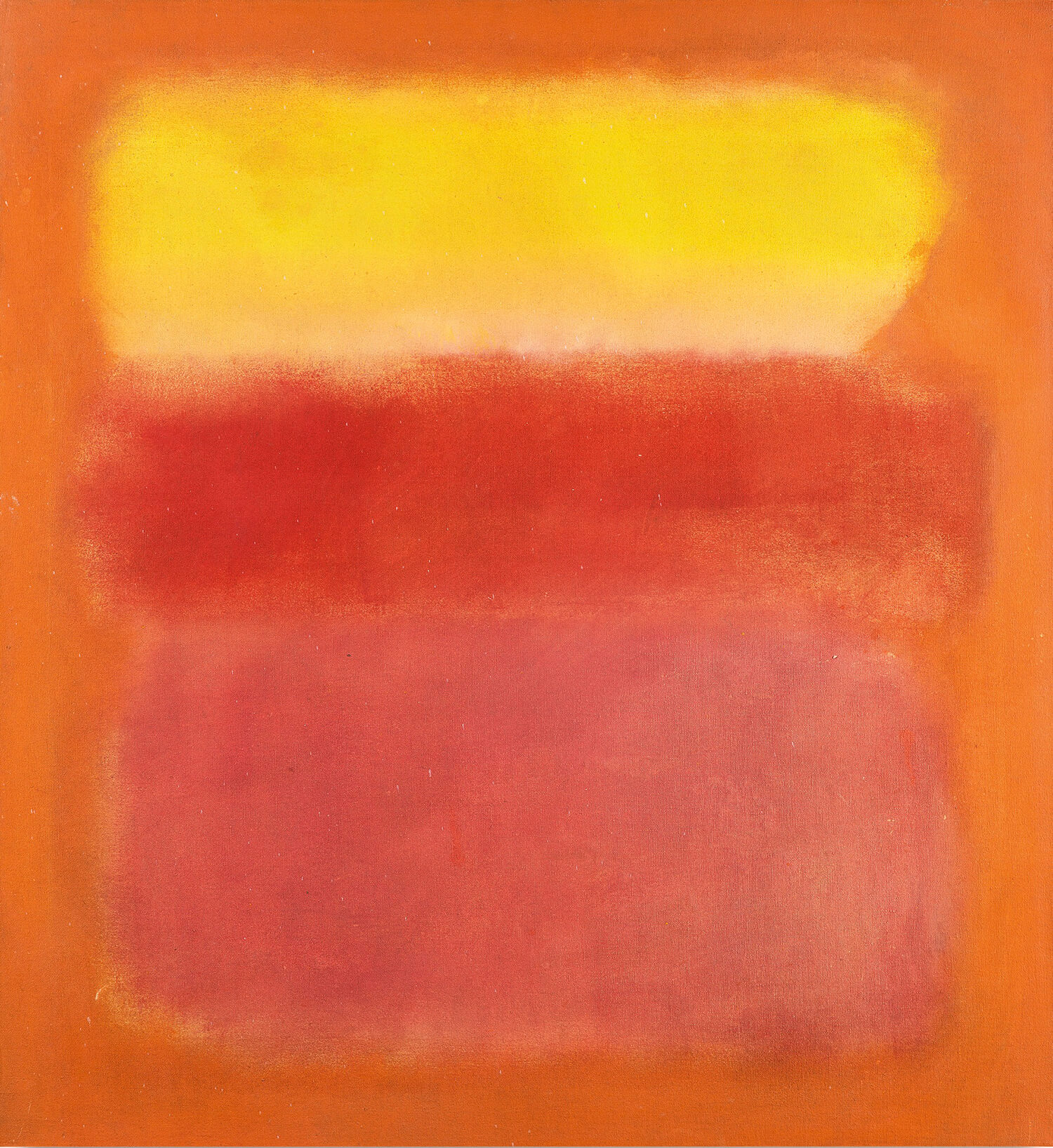
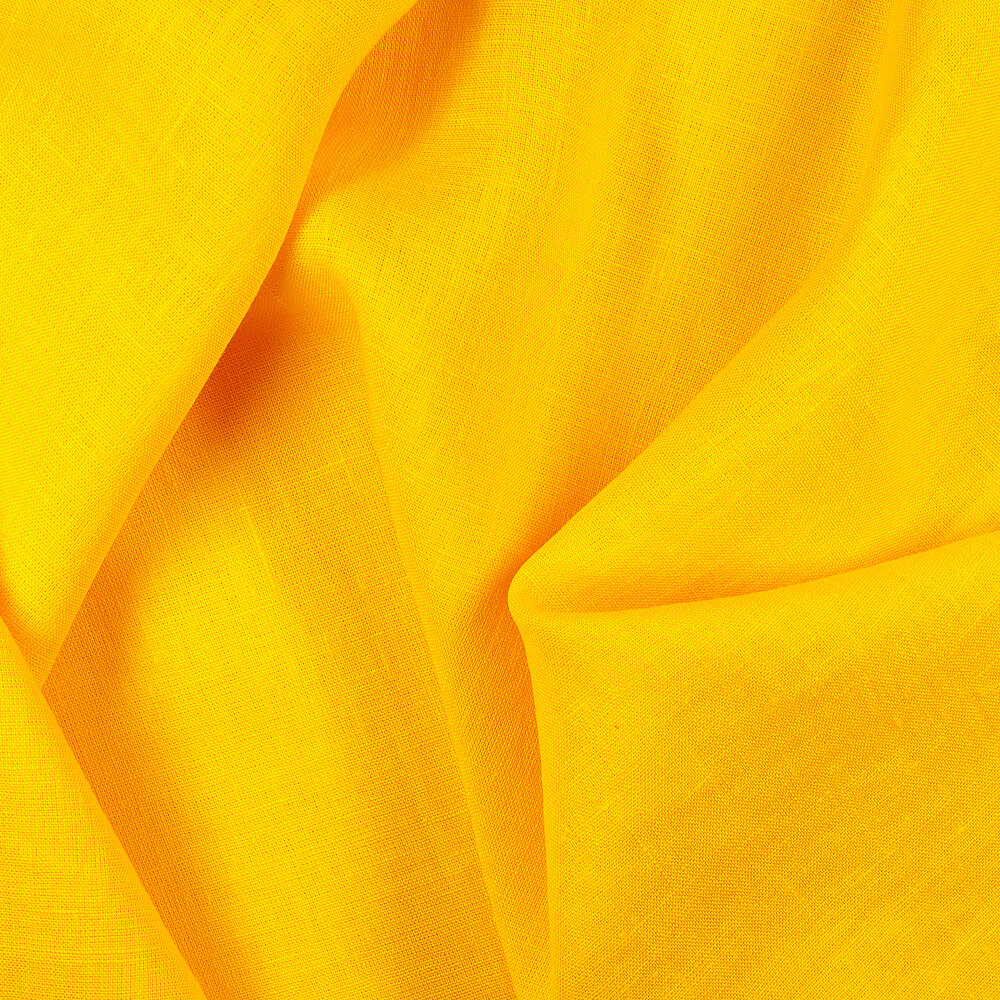
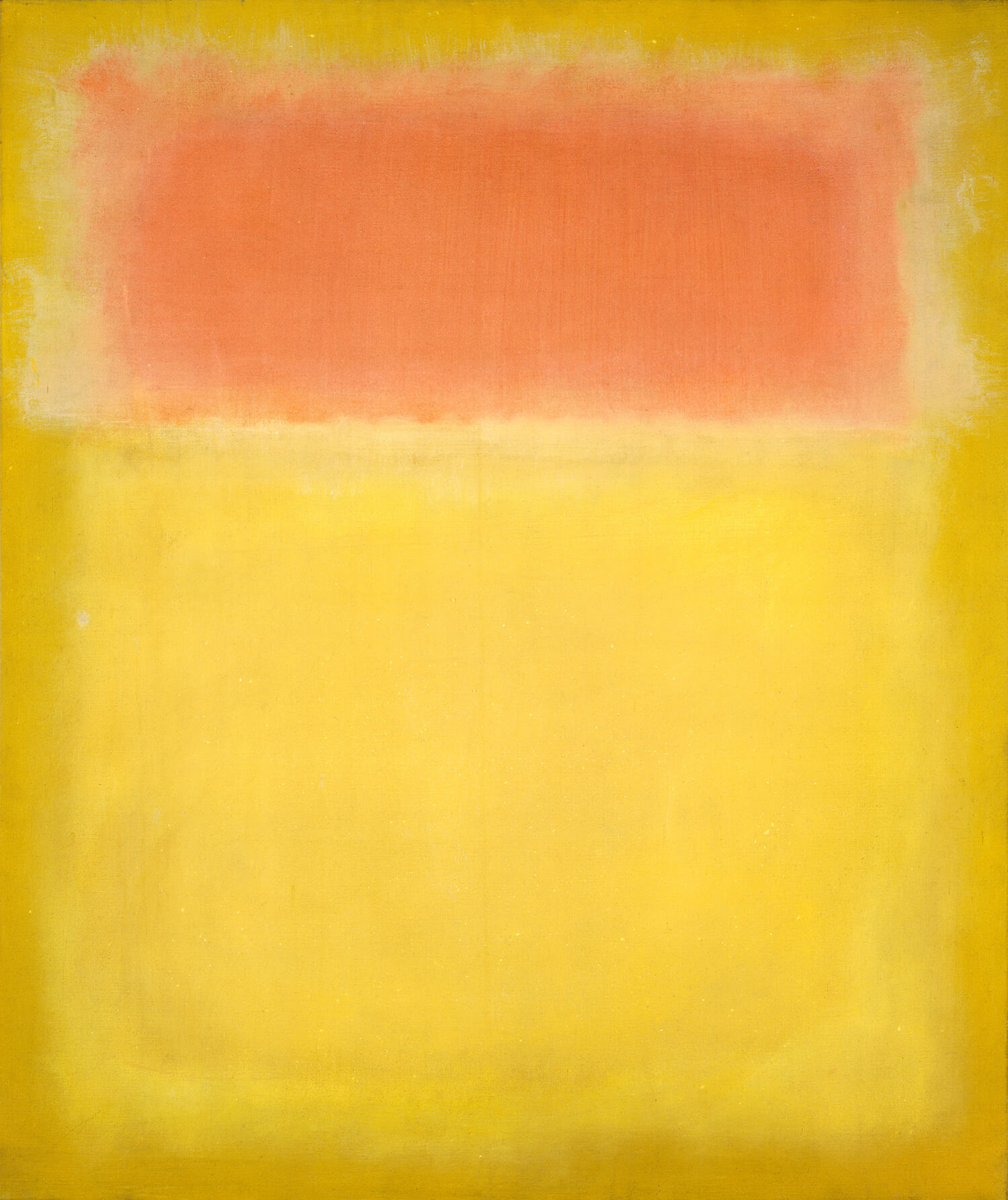

















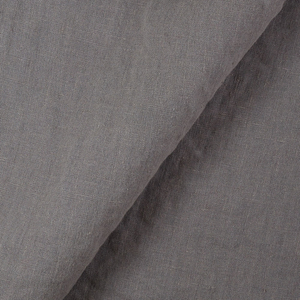


























2 Comments
Cassandra Tondro
Thank you for this essay about Rothko. I love his work, and the Empire Yellow linen that you’re featuring is a beautiful color.
Vicki Lang
I agree with you. I can’t wait to get my hands on the beautiful yellow linen for this summer styles I plan to make.